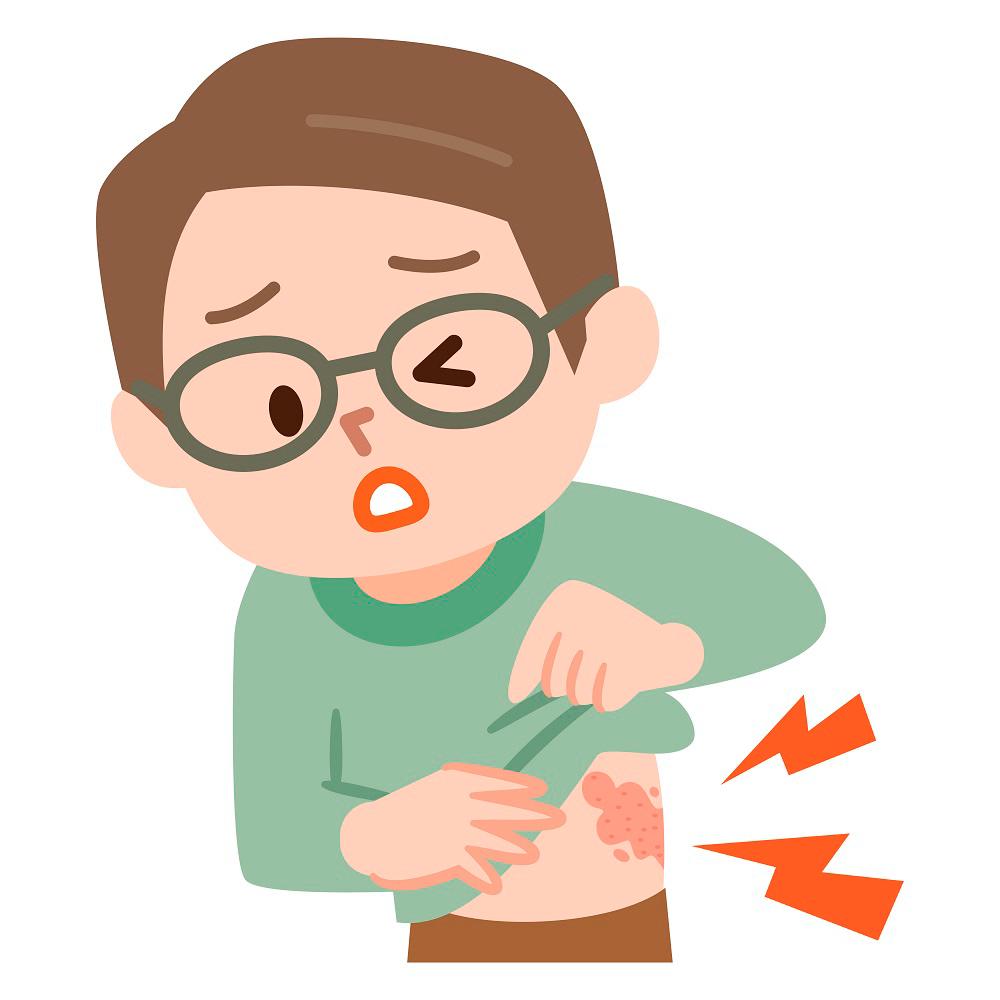THE term “growing snakes” is a phrase often used by people to describe shingles (also known as herpes zoster), a common condition that causes a painful rash that can resemble a snake under the skin. In Chinese, it is called sheng se (growing snakes), while in Malay, it is known as kayap ular. Some superstitions around the condition even claim that if the “snake head” meets the “snake tail” as the rash spreads, it could lead to death.
In reality, shingles is caused by the same virus that causes chickenpox. Many people get chickenpox as children, and decades later, the virus can reactivate, causing “the snake”. This raises the question: why does the body not develop immunity after chickenpox, and why does the virus resurface later in life? With the Year of the Snake approaching, let us explore the origins of this snake-like rash and how to avoid it in the year ahead.
What causes shingles?
Shingles is caused by the varicella-zoster virus. After you have had chickenpox as a child, the virus quietly remains in your body, hiding in nerve ganglia. Once the chickenpox infection resolves, the virus does not leave. Instead, it “retreats” and waits for the right moment to reactivate.
So why does it reactivate? The answer is simple: when your immune system weakens – due to fatigue, illness or ageing – the virus has a chance to reactivate. This is when shingles can appear.
Why do people get shingles?
Shingles is often linked to the state of the immune system and several factors can trigger its reactivation:
• Weakened immunity: This is the most common cause. Whether due to lack of sleep, high stress or illness, once the immune system weakens, the virus can find the way to “fight back”.
• Ageing: The risk of developing shingles increases significantly after the age of 50, as the immune system naturally weakens with age.
· Chronic conditions: Conditions like diabetes, cancer or long-term inflammation can make the immune system weaker and more susceptible to shingles.
• Medications: Long-term use of immune-suppressing medications – such as those used for rheumatoid arthritis or lupus, or during chemotherapy – can increase the risk of shingles.
• Psychological stress: Many people overlook this, but prolonged stress can also be a trigger for the virus to reactivate.
What does shingles look like?
Shingles symptoms can be divided into early and later stages. Initially, it may be hard to recognise, but as it progresses, the symptoms become much more obvious.
• Early symptoms: Before the rash appears, the affected area may feel painful or tingly. Some people experience a burning sensation or discomfort similar to being pricked by needles. This early stage may also include mild systemic symptoms, such as a slight fever or fatigue.
• Skin appearance: A few days later, the skin becomes red and small blisters form, grouped together like a “snake” coiling along the skin. These blisters typically follow the path of a nerve on one side of the body, such as the chest, waist, back or face. The good news is that the “snake” stays on one side of the body and does not cross the midline.
• Postherpetic neuralgia: Some people may experience lingering pain even after the rash has healed. This condition, known as postherpetic neuralgia, can last for weeks, months or even longer. It is more common in older adults.
Is shingles dangerous?
In most cases, shingles is troublesome but not life-threatening and most people recover with timely treatment. However, there are some situations that require special attention:
• If the rash appears near the eyes or nose, it is important to see a doctor immediately, as it could affect the eyes and even lead to blindness.
• For individuals with significantly weakened immune systems, such as cancer patients or those taking immune-suppressing drugs, the condition may be more severe and requires careful monitoring and treatment.
What should you do if you get shingles?
If you notice symptoms resembling a “snake” on your skin, it is important to seek medical care as soon as possible. Doctors may prescribe:
• Antiviral medications: These medications can inhibit the virus from multiplying and shorten the duration of the illness. The earlier you start treatment – ideally within 72 hours of the first symptoms – the more effective the results.
• Pain relievers: To manage pain, doctors may prescribe regular painkillers or medications specifically for nerve pain.
The key to effective treatment is early intervention. The sooner you start treatment, the lower the risk of complications and long-term pain.
How can you prevent shingles?
Although shingles can be bothersome, the good news is that there is a vaccine available to help prevent it.
• Shingles vaccine: It is recommended for people aged 50 and older, especially those with chronic health conditions, high stress levels or weakened immune systems. The vaccine significantly reduces the risk of developing shingles and can also decrease the likelihood of postherpetic neuralgia.
• Boosting immunity: A balanced diet, regular exercise, adequate sleep and managing stress are all essential for strengthening the immune system.
While “growing a snake” might sound frightening, it is not as serious as it may seem. With proper care and early treatment, it is possible to manage and control the condition. If you are over 50, consider getting vaccinated to reduce your risk – and to help protect your family too.
Do not worry about that “snake” – it is not as scary as it sounds and you are more than capable of living in harmony with it.
This article is contributed by Subang Jaya Medical Centre consultant dermatologist Dr Ch'ng Chin Chwen.









